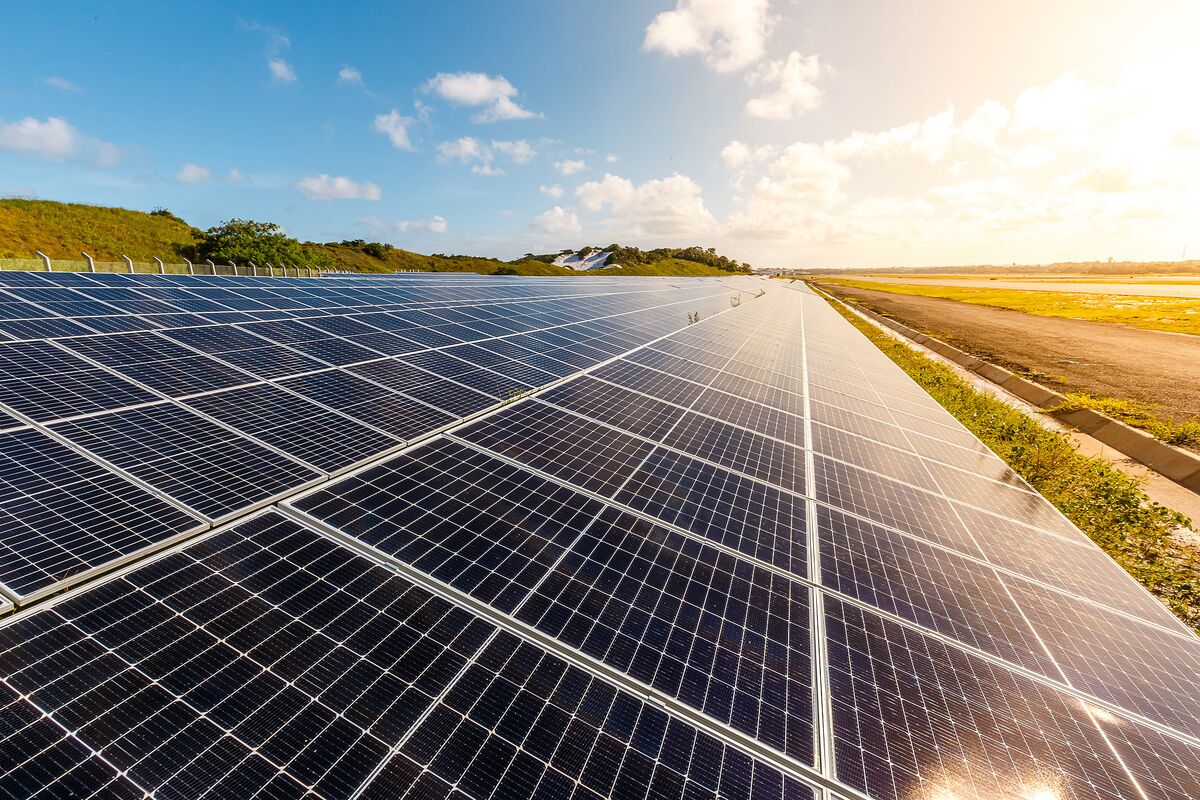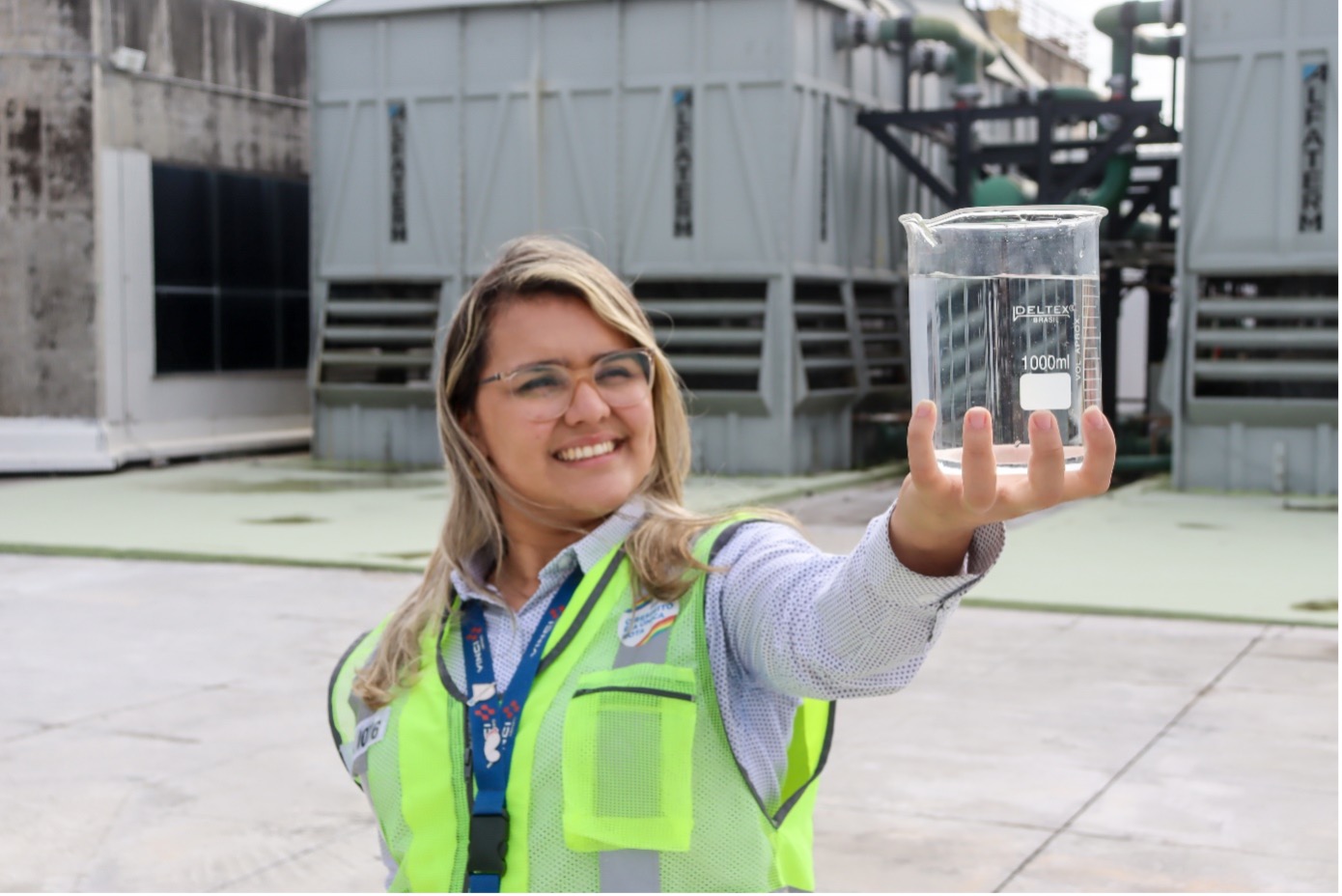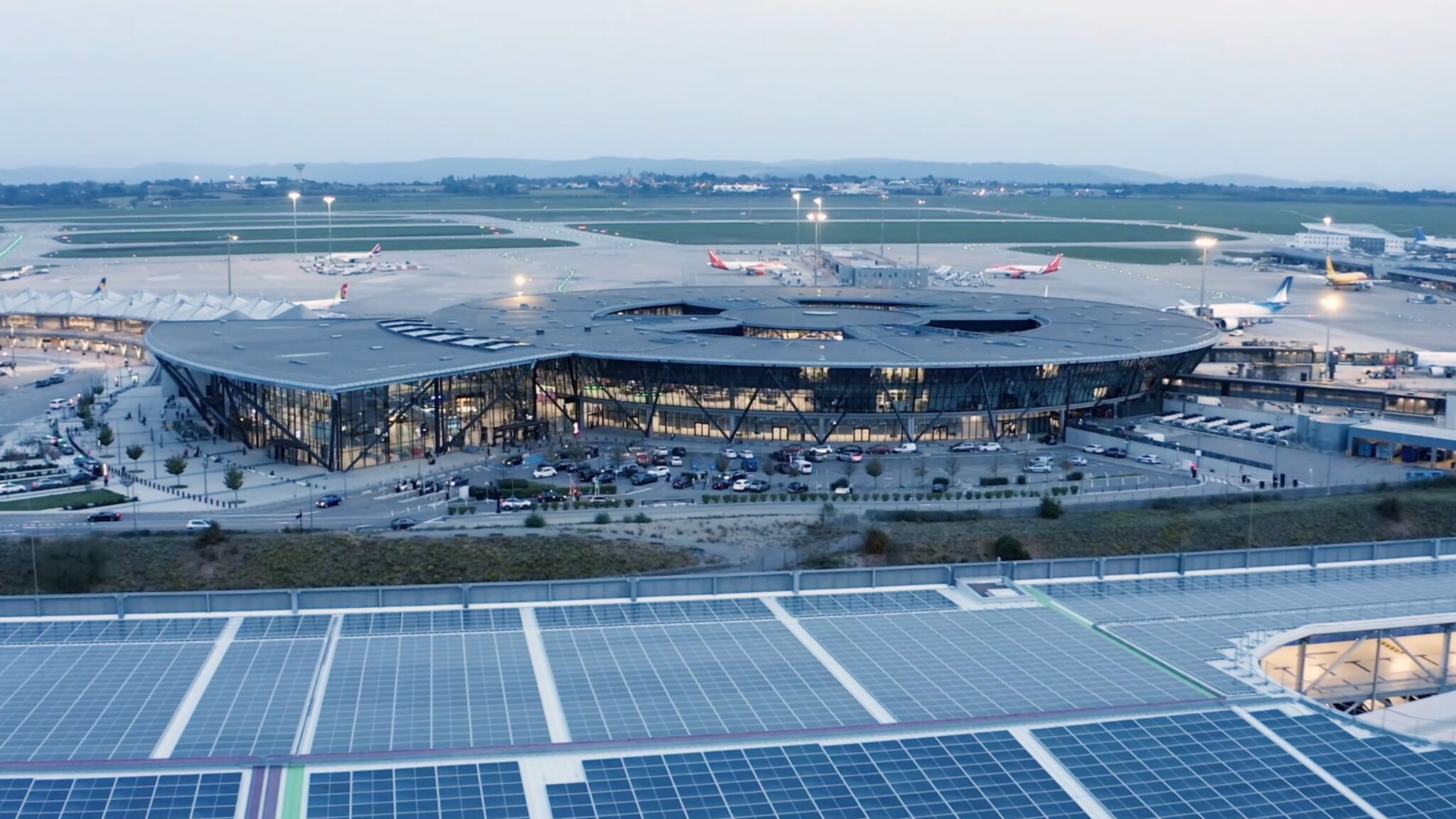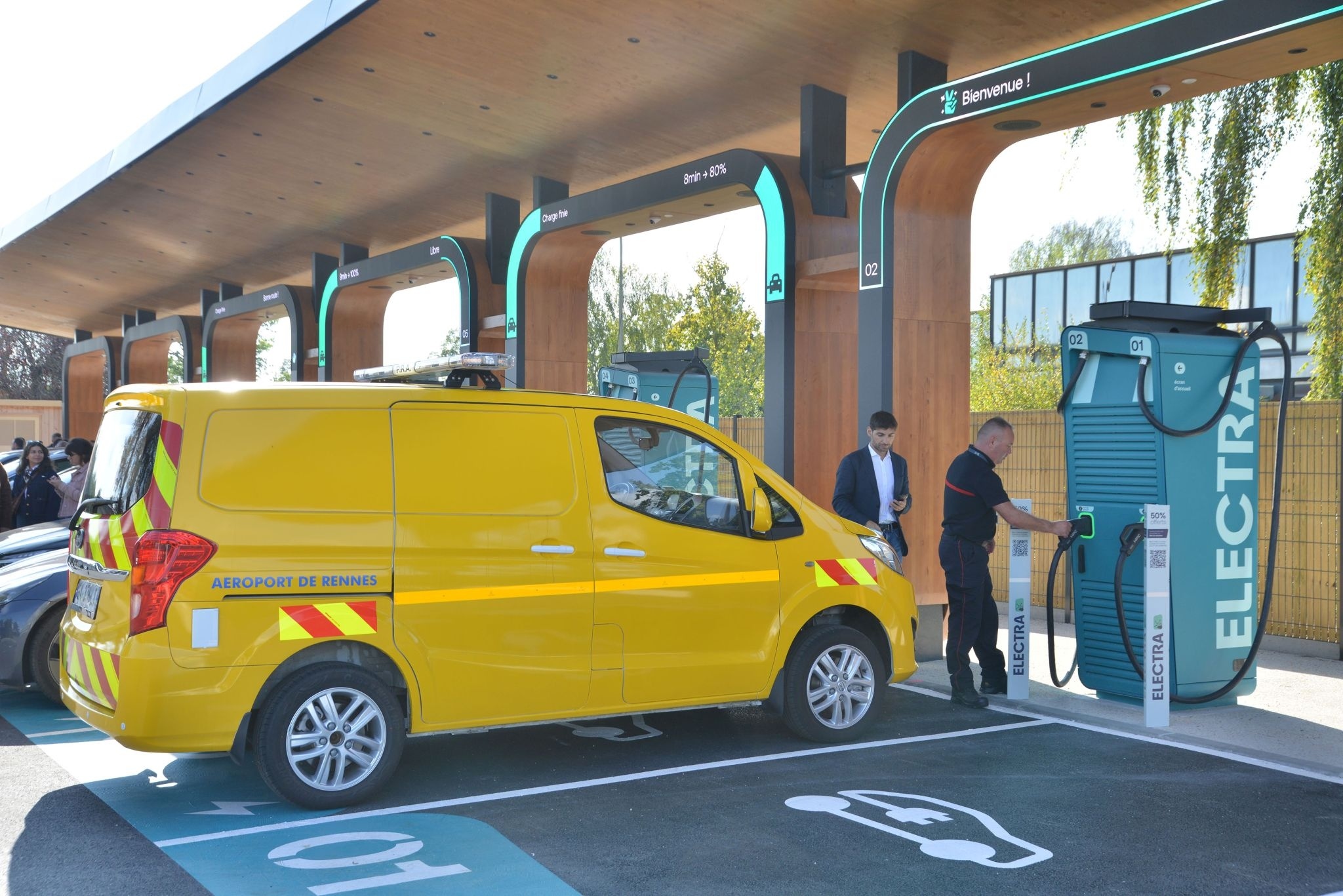Making the environmental transition a success
Working closely with the local authorities, VINCI Airports has set all the airports in its network on a path of environmental transition, the first effects of which are already visible.
Our objectives
VINCI Airports today reaffirms its desire to become the environmental benchmark in the airport sector by announcing new commitments. In 2018, a target for decarbonization of its emissions (scopes 1&2) was set at -50% for 2030. With 7 years ahead of schedule and traffic returning to its pre-pandemic level, this target was achieved in 2023. A new target was set for 2030: reduce CO2 emissions by 2/3 between 2018 and 2030 (scopes 1&2). VINCI Airports and its network transform, invest and innovate for air mobility. Discover some examples of the actions deployed in our infrastructures.





